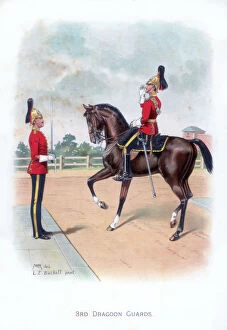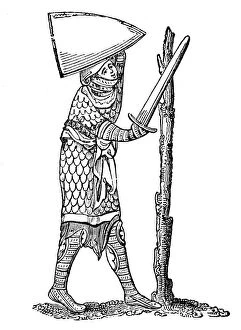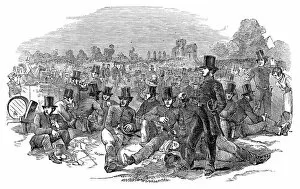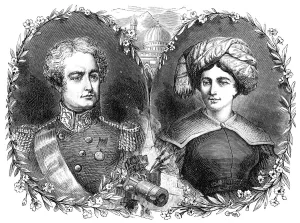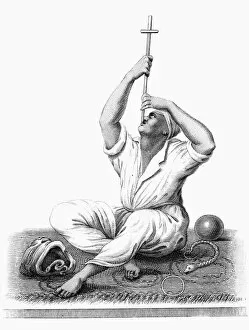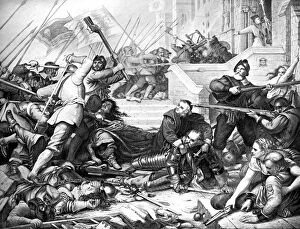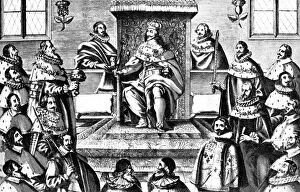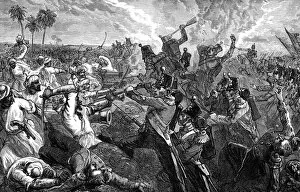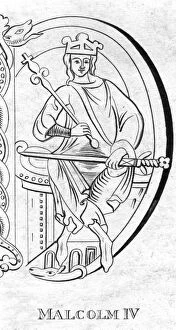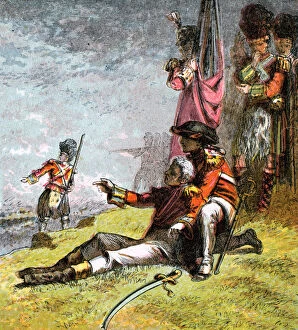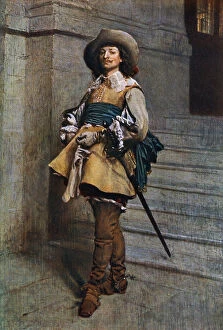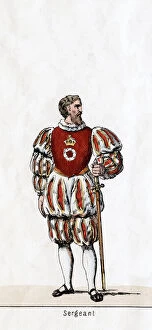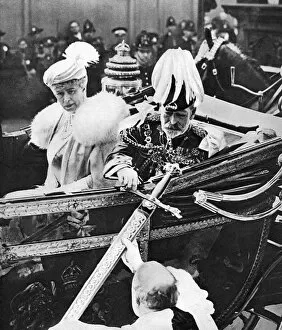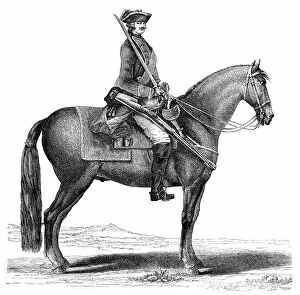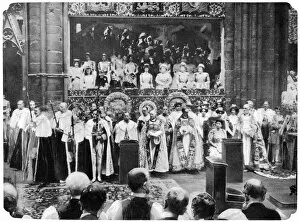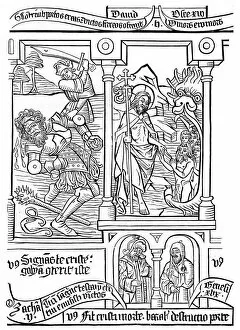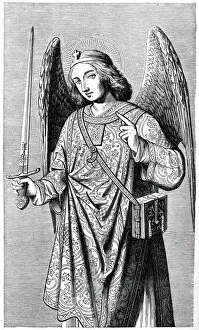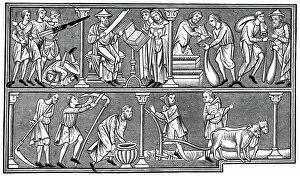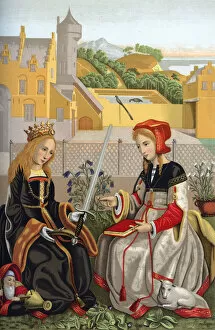Swords Collection (page 100)
"Swords: A Timeless Symbol of Power and Valor" From the iconic battle cries of "Scotland for Ever" to the heroic charge of the Scots Greys at Waterloo
All Professionally Made to Order for Quick Shipping
"Swords: A Timeless Symbol of Power and Valor" From the iconic battle cries of "Scotland for Ever" to the heroic charge of the Scots Greys at Waterloo, they have played a pivotal role in shaping history. Whether it was The Light Dragoons from 1790 to 1992 or the gallant warriors donning Ancient Roman costumes, these blades were more than mere weapons – they represented honor and courage. The Staffordshire Regiment, known for their unwavering loyalty, carried swords that embodied their indomitable spirit. And in Down to the Dregs, an artwork capturing life in 1880s England, we catch a glimpse of how they were an integral part of society's fabric. In Paolo Uccello's masterpiece depicting The Battle of San Romano from c1438, we witness the sheer artistry behind wielding a sword amidst chaos. JMW Turner's painting titled The Angel Standing in the Sun showcases not only his mastery but also highlights how swords could be seen as divine instruments. Tsukioka Yoshitoshi's Fudo Myoo Threatening a Novice reminds us that these blades held both power and danger. Arthur Wellesley, better known as Duke of Wellington, exemplified this duality during his leadership from 1814-1815. Herbert Norris' portrayal of Boadicea portrays a Celtic Chieftainess with her sword raised high – symbolizing resistance against oppression. Even playing cards like Goodall & Son Ltd. 's King of Spades recognized the regality associated with these weapons. Lastly, John Pettie's artwork called The Vigil captures a moment frozen in time where soldiers stand guard with swords drawn – ready to defend what they hold dear. Through centuries and across cultures, they have remained steadfast symbols embodying strength and bravery. These timeless artifacts continue to captivate our imagination while reminding us that sometimes it takes more than words alone to shape the course of history.

